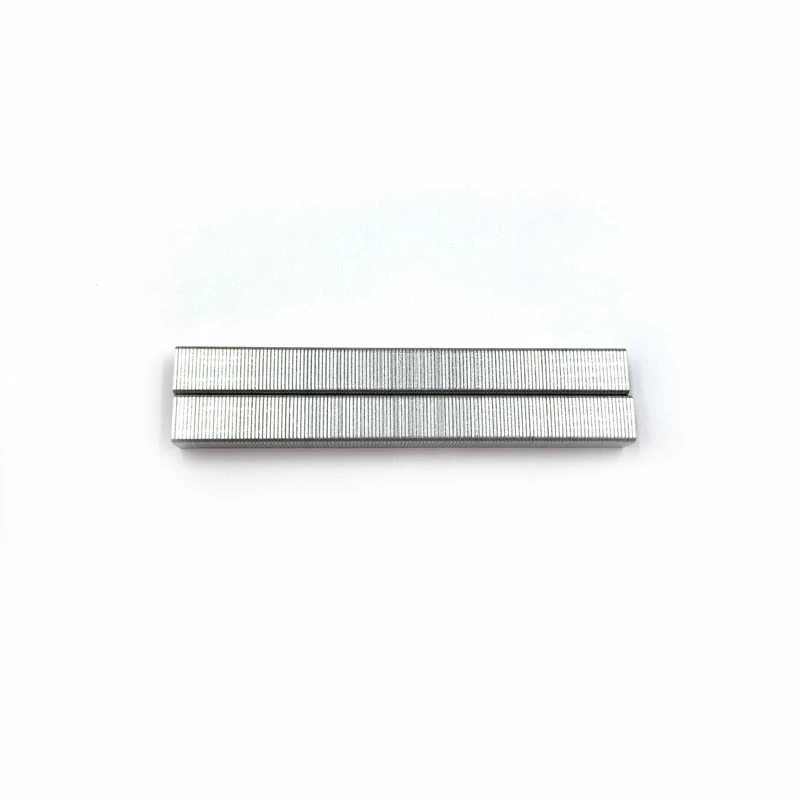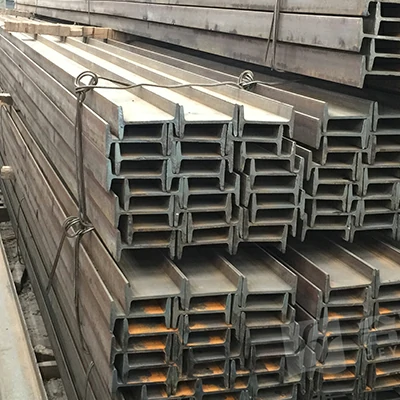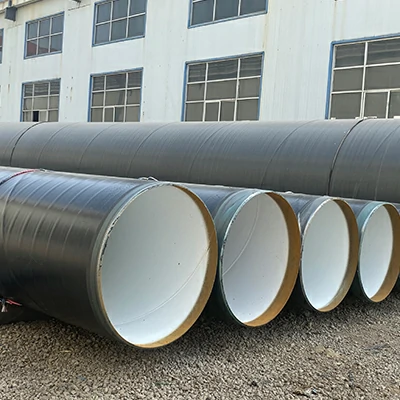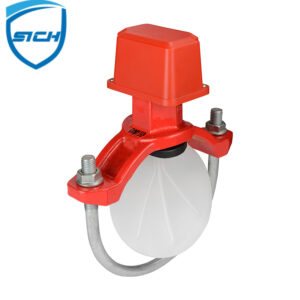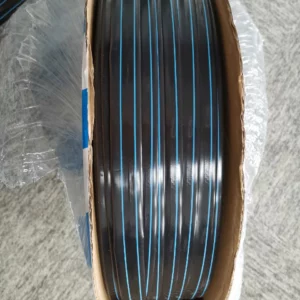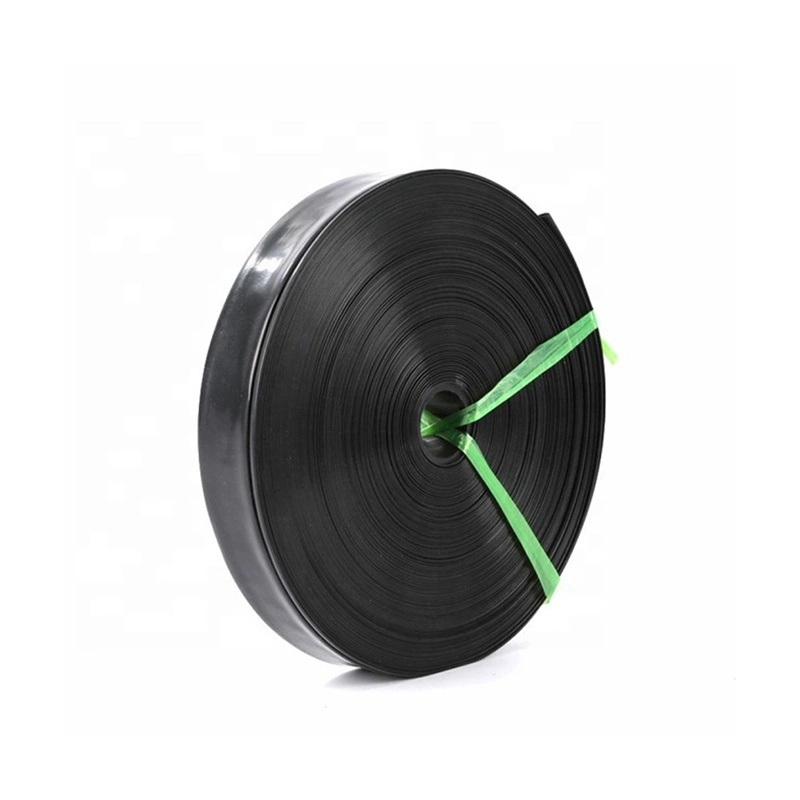Custom wet wipes can be tailored to address the specific needs of individuals with sensitive skin in several ways:
- Gentle Formulation: Custom wet wipes for sensitive skin are formulated with gentle ingredients that are less likely to cause irritation or allergic reactions. These formulations typically exclude harsh chemicals, fragrances, alcohol, and other potential irritants.
- Hypoallergenic: Wet wipes designed for sensitive skin are often labeled as hypoallergenic, meaning they have been formulated to minimize the risk of allergic reactions. These wipes undergo rigorous testing to ensure they are safe and suitable for individuals with sensitive skin.
- Fragrance-Free: Custom wet wipes for sensitive skin are typically fragrance-free or contain only natural, mild fragrances. Fragrance-free wipes reduce the risk of irritation for individuals with sensitivities to synthetic fragrances or essential oils.
- pH-Balanced: Wet wipes that are pH-balanced are less likely to disrupt the natural pH balance of the skin, which can help prevent irritation and maintain skin health. Custom formulations can be adjusted to match the pH of the skin, providing gentle cleansing without causing dryness or irritation.
- Moisturizing Properties: Some custom wet wipes for sensitive skin include moisturizing ingredients such as aloe vera, vitamin E, or glycerin. These ingredients help hydrate and nourish the skin, reducing the risk of dryness and irritation associated with cleansing.
- Soft and Non-Irritating Materials: The materials used in custom wet wipes for sensitive skin are soft, non-abrasive, and non-irritating. Wipes made from materials such as cotton or bamboo fibers are gentle on the skin and less likely to cause friction or irritation.
- Dermatologist-Tested: Custom wet wipes for sensitive skin may undergo dermatologist testing to ensure they are safe and effective for use on sensitive skin. These wipes are evaluated for potential irritants and allergens, providing peace of mind for individuals with skin sensitivities.
- Single-Use Packaging: Custom wet wipes for sensitive skin may be individually packaged for single-use to minimize the risk of contamination and preserve freshness. Single-use packaging also ensures that each wipe is free from contaminants and allergens, reducing the risk of skin reactions.
Overall, custom wet wipes for sensitive skin are designed with gentle formulations, hypoallergenic ingredients, and soft materials to provide effective cleansing without causing irritation or discomfort. These wipes offer a convenient and gentle solution for individuals with sensitive skin to maintain cleanliness and hygiene.




